If you know me, you know how I feel about historic home wreckers (in the literal sense). Admittedly, I judge them harshly.
I assure you, my judgment is warranted. The house I grew up in was a Craftsman style built in 1910, and the first home Mike and I purchased, a tiny Spanish bungalow on a quiet tree lined street we renovated, was built in 1920. I love and prefer historic dwellings, so I resent those who desecrate or demolish them without careful consideration for what they’re erasing.
I was raised to appreciate Historic architecture as not just about preserving old buildings, but maintaining the character and soul of a community. So these demo stories always strike me personally. I have little sympathy for such callousness.
Some of you might recall that a few years back, I documented desperate efforts to save a Japanese-style custom single home built in 1960 by a local woman's son. He was a carpenter who studied architecture in Japan and built the house for his mother because he knew she loved Japanese design. Shortly after he finished the house, he was tragically killed in a freak train accident. After his death, she sat atop an open perch every night to watch the sunset alone.
I stumbled upon the house randomly on an afternoon drive one day and felt oddly called to it, so I pulled over and walked up to find it abandoned but easily accessible.
From there, a journey to rescue it from impending demolition went into swift effect.
The house had an indescribable magnetism about it. I felt uniquely at peace there on that lot and grew obsessed with salvaging it.
In my research, I later learned that the owner of it ran a women's group for the community. After she died, that group came and drank tea in her honor. In her will, because her only son had passed, she donated the property to a group of Christian monks, thinking they could use it as a place for the community to convene.
Instead, they sold it to investors who bulldozed it, replacing it with a massively grotesque mansion. Another soulless, stuccoed square box.
I cried the day it came down. In three years I haven’t driven past it since.
Brentwood Scoop
Chris Pratt is facing major backlash from neighbors in his affluent Brentwood neighborhood after demolishing a historic mid-century estate he recently purchased for $12.5 million.
The mansion, a sprawling 10,000-square-foot Mediterranean-style home built in the 1930s, has been a fixture in the neighborhood for nearly a century. Pratt deemed it an “eyesore,” seeking to replace it with something more modern, in the vein of the unfortunate trend of white-planked farmhouses and box structures replacing weathered cottages and mid-century standouts native to the area.
“I fell in love with the location, but the house itself just doesn't suit my family's needs,” Pratt said in a statement. “We're excited to build a new home that better reflects our style and lifestyle.”
Some residents are fuming. They argue that tearing down a historic home is a loss for the neighborhood's architectural footprint and heritage.
I agree.
“The house may not be to Chris Pratt's taste, but it's a part of our neighborhood's history,” said longtime Brentwood resident Emily Rodriguez. “It's sad to see another piece of old Los Angeles disappear.”
The mansion has been the subject of preservation efforts in the past, but it is not officially listed as a historic landmark, which is why Pratt was free to demolish it.
In The News
Chris Pratt has drawn ire from architecture aficionados after news broke that the actor and his wife, Katherine Schwarzenegger, had razed a historic, mid-century modern home to make way for a sprawling 15,000-sq-ft mansion.
Last year, the couple purchased the 1950 Zimmerman house, designed by the architect Craig Ellwood, in Los Angeles’s Brentwood neighborhood for $12.5m. The residence, with landscaping by Garrett Eckbo – who has been described as the pioneer of modern landscaping – had previously been featured in Progressive Architecture magazine.
It was most recently home to the late Hilda Rolfe, the widow of Sam Rolfe, co-creator of the series The Man from Uncle. Video of the property from December 2022 shows a light-filled home that appears to have been well-preserved, with large windows, wood floors and mid-century furniture.
The single-story home and its grounds have since been cleared and in its place will be a massive home in the modern farmhouse style that has come to dominate US suburbs.
The Eichler Network, which covers mid-century homes in California, lamented the destruction.
“At the same time as architectural homes are being marketed as high-end, collectible art, others are being torn down to build new,” the writer Adriene Biondo said. “Perhaps a historic-cultural monument designation could have saved the Zimmerman house, or allowed the necessary time to delay demolition. Tragically, calls for preservation fell on deaf ears.”
The Zimmerman House was a single story home with original landscaping by Garrett Eckbo (also destroyed in the demolition.) In a video taken at the home's estate sale in 2020, its structure and original fixtures appeared to be in good condition.
“Previously occupied by the late Hilda Rolfe, widow of Sam Rolfe, co-creator of the iconic series “The Man from Uncle,” the Zimmerman house boasted an interior bathed in natural light, adorned with classic mid-century features including expansive windows, wooden floors and period furniture.”
— NYPOST
Chris Pratt & Katherine Schwarzenegger : The Backstory
For those unfamiliar, Katherine Schwarzenegger is the oldest daughter of Arnold Schwarzenegger and Maria Shriver. Her parents met in 1977— introduced by Tom Brokaw at the Robert F. Kennedy Tennis Tournament held at her mother's home. They married on April 26, 1986, in Hyannis, Massachusetts. Their marriage ended after 25 years when it was revealed that Schwarzenegger had secretly fathered a child, Joseph Baena, with their housekeeper, Mildred Baena, a decade earlier in 1997.
Their divorce was finalized in 2017.
Chris and Katherine met at church in the summer of 2018. Pratt said he was seeking strength in faith because he was"struggling and felt really broken" at the time. The two were engaged by January 2019 and tied the knot in an intimate ceremony in Montecito, California, on June 8, 2019. They exchanged vows in front of their family and close friends. The ceremony was described by guests as "romantic and elegant, with the bride wearing a stunning white gown and the groom looking dapper in a classic suit."
Two daughters came next. Lyla Maria Schwarzenegger Pratt was born in 2020, and Eloise Christina Schwarzenegger Pratt, they welcomed in May 2022
Now, they're happily ripping down historic houses in the same neighborhood where Katherine's mother resides.
“Buildings in LA can receive some protection from demolition or alteration through a historic-cultural monument designation; however, this requires someone to nominate the property and see it through approval by the city council. According to Adrian Fine, president and CEO of the Los Angeles Conservancy, there are just too many significant buildings and not enough resources to pursue this designation for all applicable candidates.
What makes it harder still is when a building’s owner is against pursuing the designation. “If you have an owner opposed to it, it doesn’t mean it can’t happen, but you have to work harder,” he told Hyperallergic.
In 2013, the Conservancy spearheaded an effort to add ten significant Case Study Houses to the National Register of Historic Places, including Case Study House #16, the last intact residence that Ellwood designed for the program.
“There are a finite number of houses designed by these architects,” Fine said. “As we keep losing them, the surviving ones become that much more important to save.”
America’s Appetite for McMansions is Devouring Modern Architecture
VIA The Washington Post: Chris Pratt demolishing a mid-century treasure is part of a larger, disturbing trend
“The Zimmerman House was built for the California dream. Like other mid-century modernist homes built in Los Angeles, this 1950 Craig Ellwood project was low slung and open, with floor-to-ceiling windows and sliding glass doors. Light flowed in from the outdoors and out from a central brick fireplace. Breezy and informal, the Zimmerman House was an essential example of Southern California cool.
Few people realized the Zimmerman House was in any danger before it was unceremoniously demolished by actor Chris Pratt and author Katherine Schwarzenegger, who bought the home and its nearly one-acre plot last year for $12.5 million. The couple, who reportedly plan to erect a supersized 15,000-square-foot farmhouse, now find themselves being dragged by the entire internet, blasted by countless critics for buying a Rothko for the frame.
Preservationists were shocked but not surprised. Historic houses across the United States are targeted for teardowns every week, often under cover of night with little to no warning. Increasingly, preservationists say, these demo
s are not driven by changing tastes but rather by growing appetites: Americans’ ravenous desire for larger and larger homes.
“The new owners came in and got their demolition permit without anyone noticing,” Fine says. (A representative for Pratt did not respond to email requests to comment for this story.)”
All I know is that it’s a far cry from the celebrity era I mourn. In the Jack Nicholson and Joan Didion heyday, writers, artists, and visionaries were drawn to the old crumbling houses on Mulholland or in Malibu because the patina, earned by aging, complimented their creative expression.
Now everything newer and bigger is better.
In response to The NY Post comments flooded the post agreeing with harsh criticism of Pratt’s decision. “What the f–k? Why would you buy an architecturally / historically significant house to tear it down? Buy another property for f–ks sake,” one commenter wrote.
“Modern farmhouse will never become a classic of design. No matter how many HGTV mavens want to make it so…”another wrote.
CONSIDER: Millionaires spark uproar by taking wrecking ball to historic homes to build monster McMansions — with no town safe from new teardown trend.


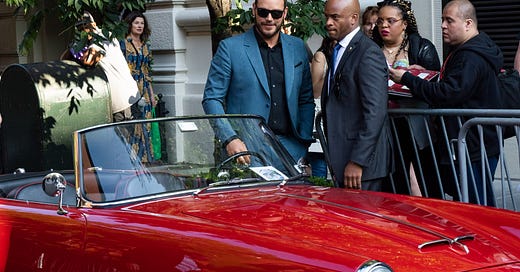





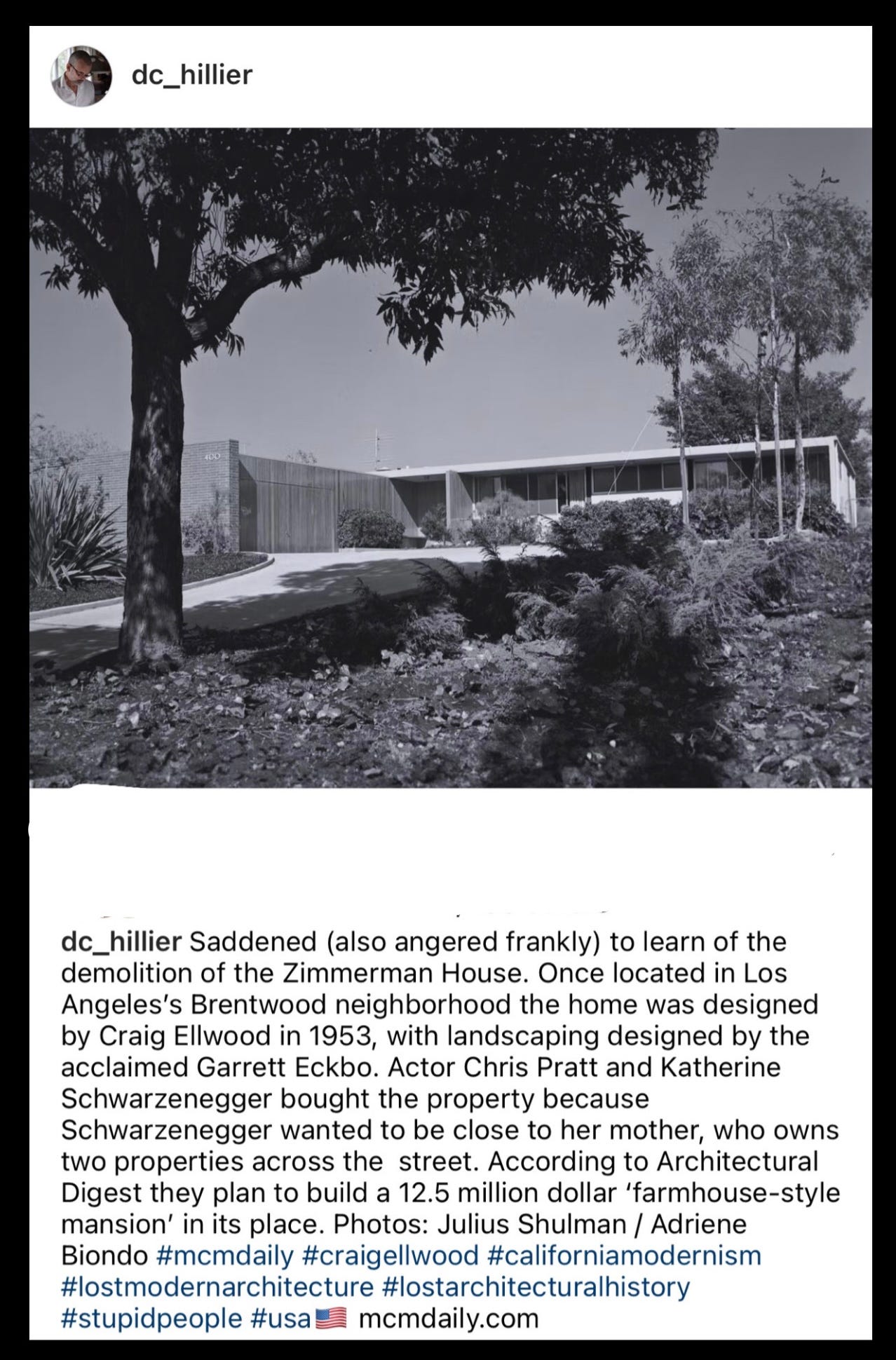
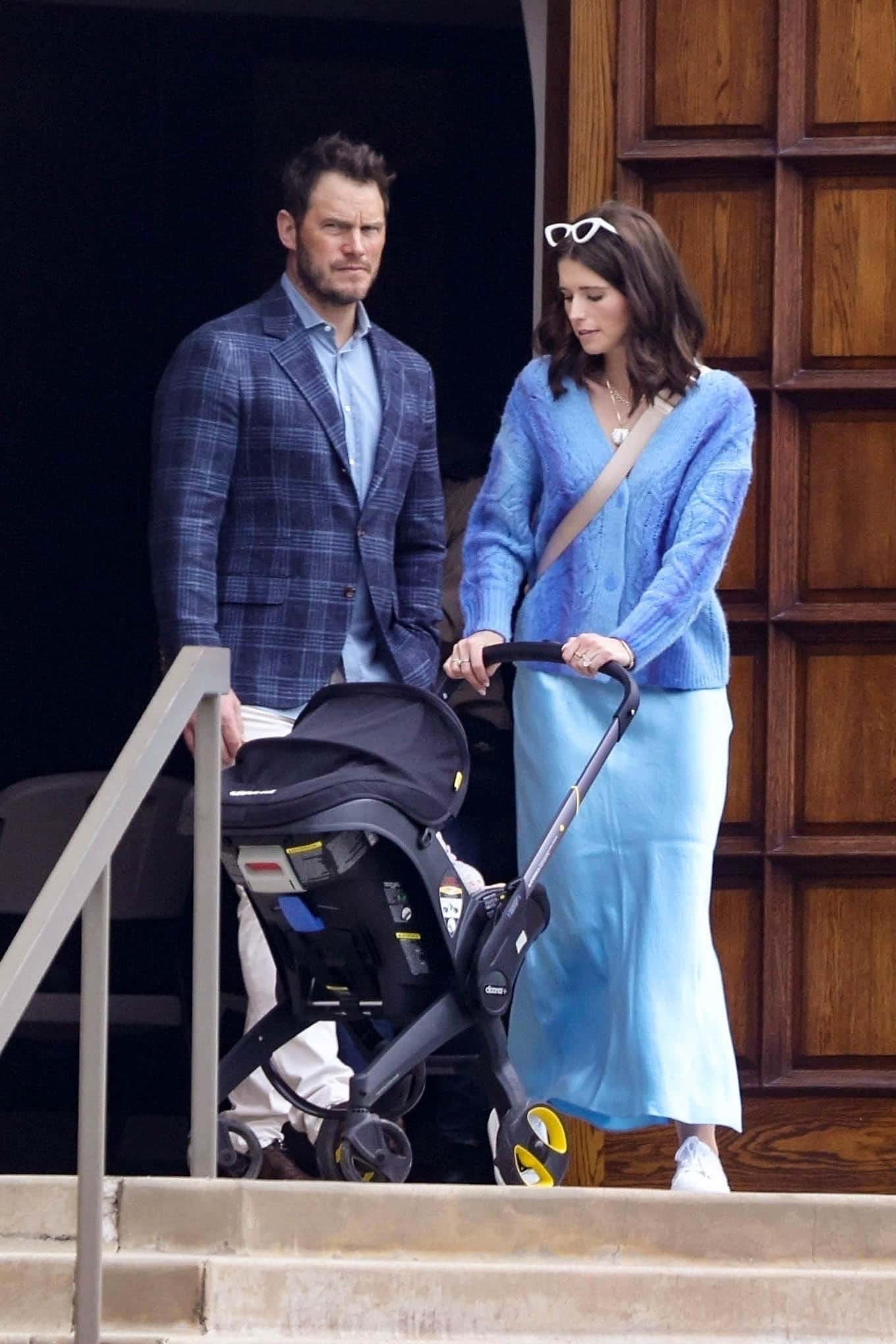

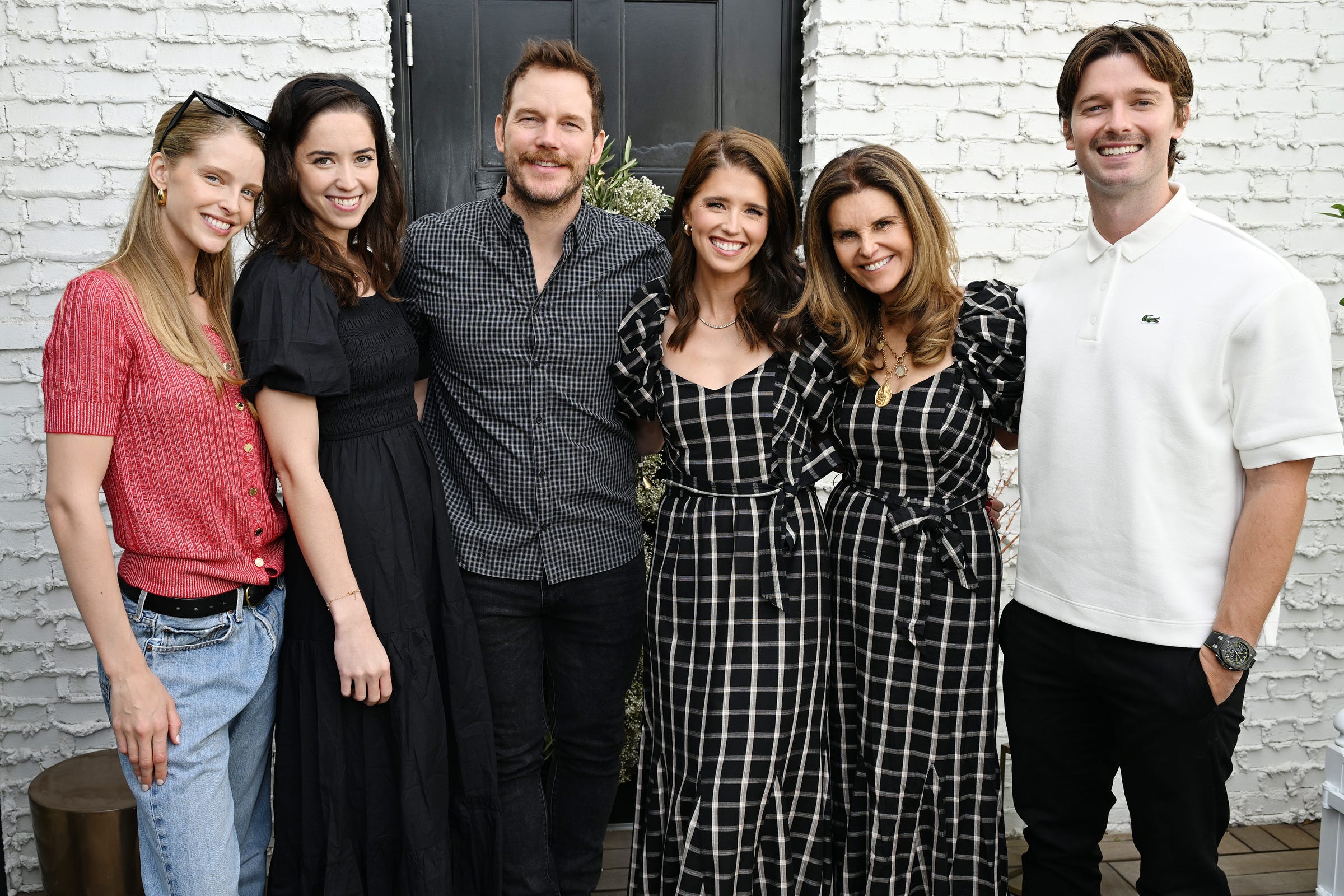

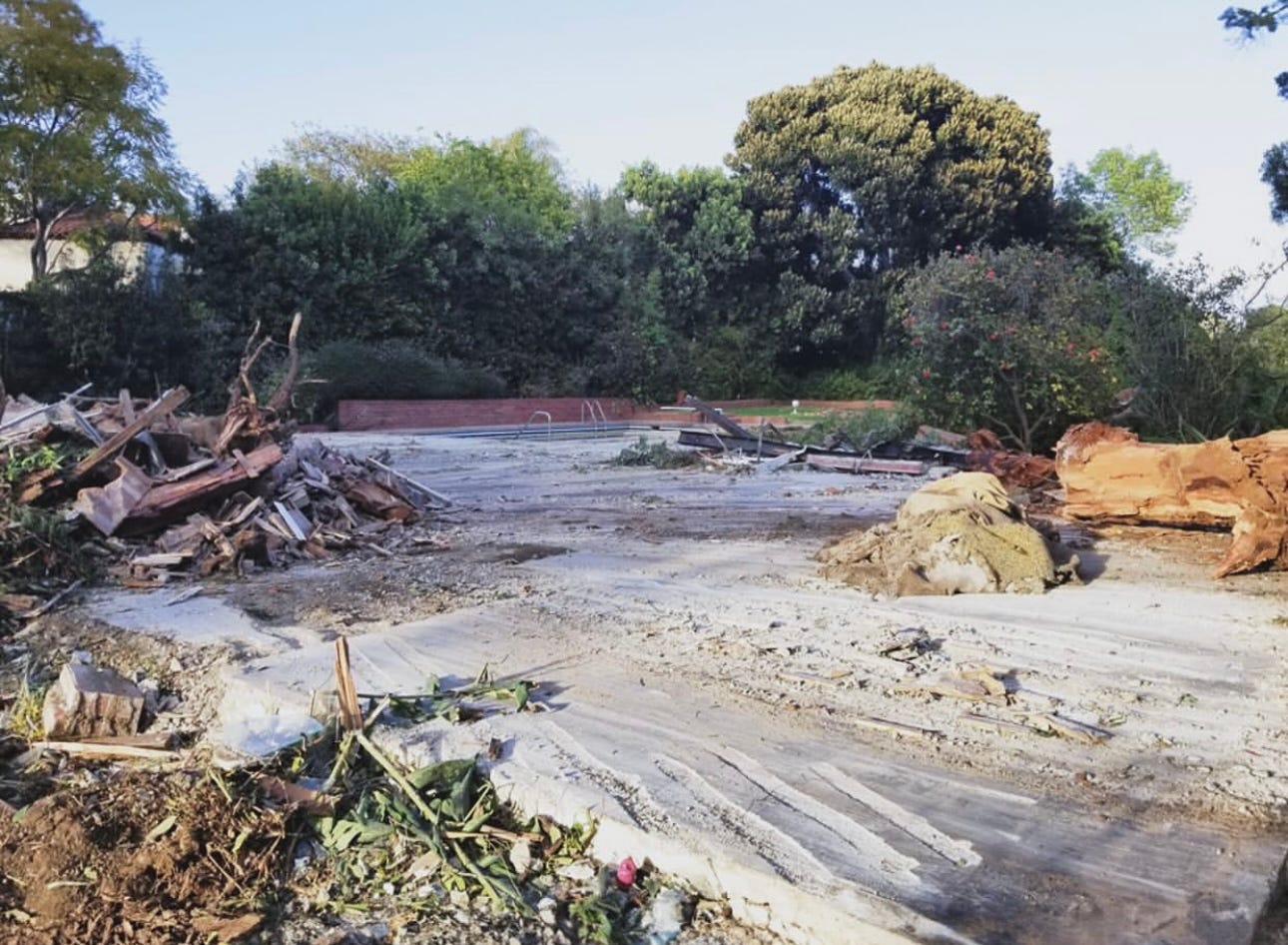
I can’t even. This needs to be illegal.
Very sad. The romantic old-school So Cal/Hollywood dreams are being replaced daily by what is hip in every suburban neighborhood in the US. When we did our Nor Cal remodel in 2007, we hired a Berkeley-based architect who came to our Ca “Ranch” styled home and told us to celebrate what we had bought. Enhance and improve but maintain the original genius of the California Ranch. He further explained that since much of the year is able to be outside (due to our glorious weather), CA Ranch houses were built for that purpose, inside/outside living. We love what we did to our 1950’s ranch and kept the original intent intact!